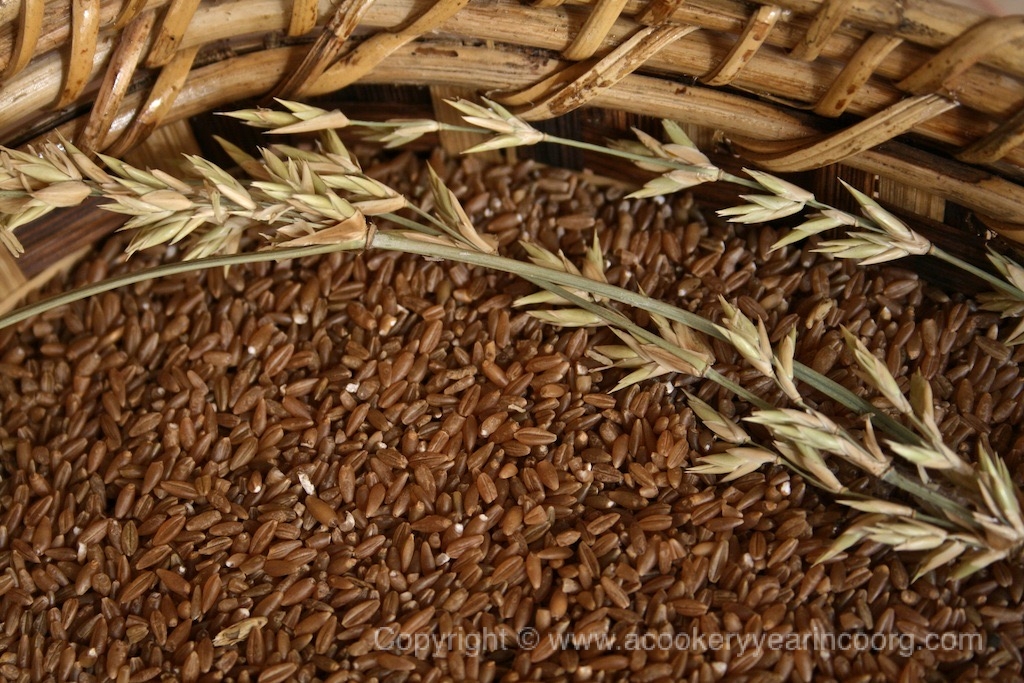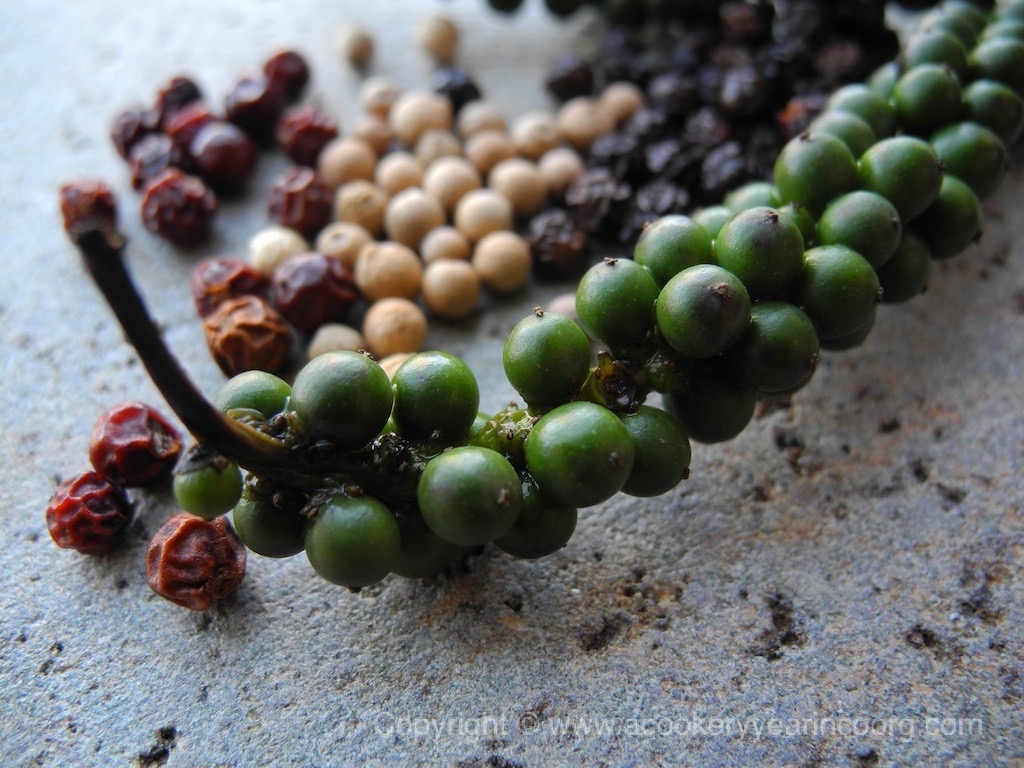In the last couple of years vast areas of bamboo forest have flowered and died in Kerala’s Wayanad district and also in Coorg. Early in 2011, I got to see some of these once vigorous thickets of bamboo in a whole different avatar – leafless, and heavy with pale, straw coloured blossom catching the slightest breeze. A few months later, the bamboo clumps had withered and collapsed upon themselves, the skeletal remains covered in robes of morning glory.
In cultures around the world, the occurrence of mass flowering and dying of bamboo is generally viewed as a portent of doom- of famine or worse to follow. Well, for the people of North East India, particularly Manipur and Mizoram, they might be justified in their unease. The PBS film, Catching Rats, documented in grisly detail, the phenomenon of an exploding rat population, feeding off the abundant bamboo seed and then subsequently overrunning the rice and other crops of people living in that area. Fortunately, this hasn’t been the case in Coorg, though I wonder if it has perhaps occurred in the past, when there was much more area covered by bamboo forest.


